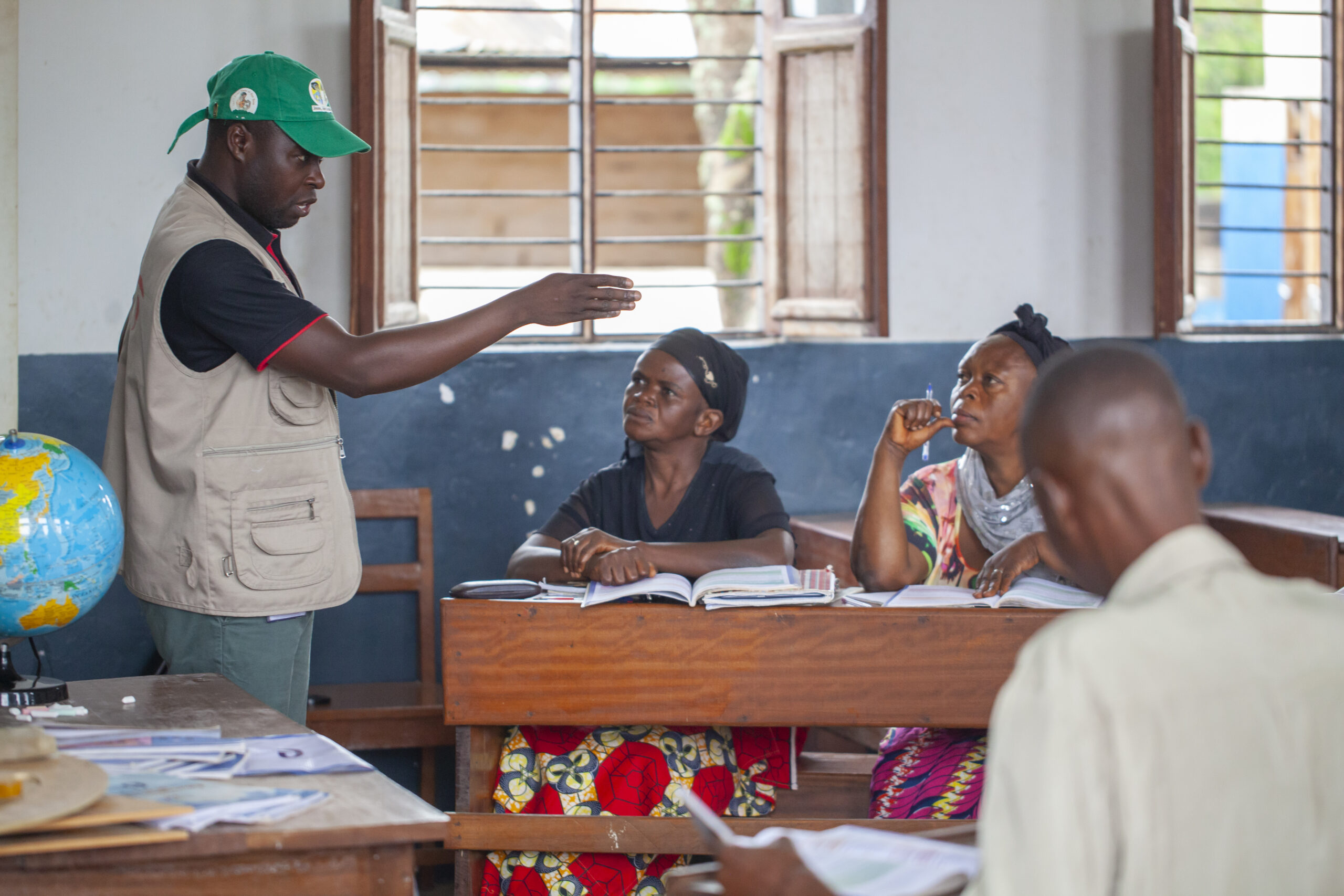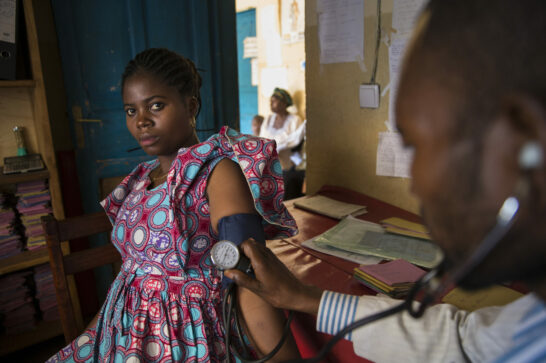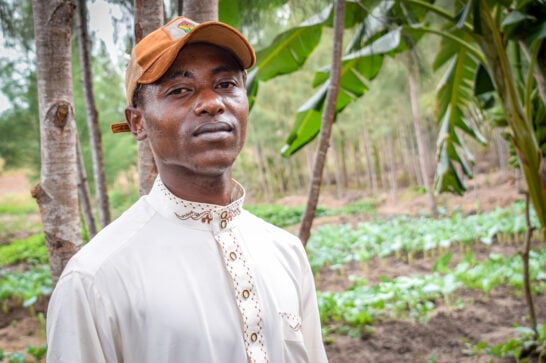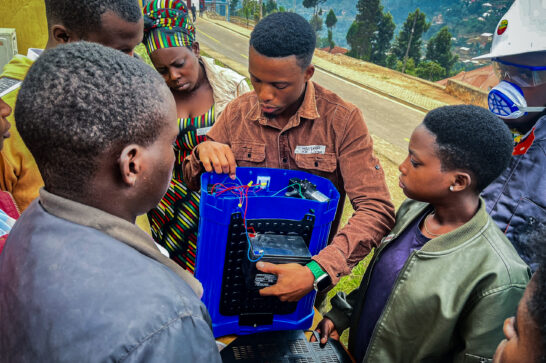Well-functioning health, food, education, and justice systems are vital to prosperous societies where everyone can count on the support they need to live a dignified, peaceful and healthy life.
But what exactly do we mean by working on system strengthening in fragile and conflict-affected settings? In one sentence: striving to strengthen or transform existing systems by aligning and integrating approaches with government policies, to improve service delivery and inclusive market access.
What Is a System?
Let’s take a step back and ask a more fundamental question: What is a system?
In general terms, a system comprises a set of related components (people, institutions, resources and activities) that are coherently organised and interconnected in a structure to fulfil a purpose.
Systems are dynamic and complex, and we need to understand them holistically. For instance, systems may consist of various underlying sub-systems with their own purpose. These sub-systems are interconnected and jointly contribute to the functioning of the larger system.
In health systems, the overarching purpose is primarily to promote, restore and maintain health. Within a country’s overall health system, a sub-system could be a drug supply chain, which consists of components and processes that collectively work together to ensure access to medicines and medical supplies. The health information system can also be seen as a sub-system.
Another example: within the education system, a school can be viewed as a sub-system. Therefore, it’s crucial to clearly define the level of the system you intend to strengthen.
At Cordaid, we don’t consider strengthening an individual school, police station or health facility a systemic approach: before we can call it system strengthening, all relevant actors within a particular geographical area (a district or even a province) should be involved.
Strategies, Responses, Activities
Let’s take it one step further: system strengthening is a set of comprehensive strategies, responses, and activities designed to sustainably and inclusively improve and develop resilient systems within a geographical context.
With system strengthening, the purpose or outcomes of the system and its subsystems, as well as the stakeholders and their interconnectedness, must be considered when identifying interventions at the system level, where the impact is most substantial.
System strengthening should always prioritise subsidiarity and locally-led decision-making. This will structurally shift autonomy to those who can make optimal choices within their context, engaging communities and creating more equitable outcomes at both the local service provider and population levels.
Example: Health System Strengthening
For health systems, the World Health Organization developed a conceptual framework to provide a common understanding of core system components and to be able to measure health system performance. These are commonly known as the six health system building blocks, often complemented by a seventh identified block (community engagement):
Quality service delivery: effective, safe, quality healthcare services from health promotion to prevention, treatment, rehabilitation and palliative care
Health workforce: all people engaged in actions whose primary intent is to enhance physical and mental health
Health information system: this enables decision-makers to identify problems, make data-driven, evidence-based decisions on policies and allocate scarce resources optimally
Access to essential inputs: such as medical products, vaccines and technologies which are of assured quality, safe, efficacious and cost-effective
Financing system: adequate funds for health care and the right financial incentives to providers, to ensure all people can use the services and are protected from financial risk
Leadership and governance: the role of government in managing relations between various stakeholders in health, both public and private
Community engagement: the demand side of a health system, i.e. the wants and needs of individual end-users, their ability to make optimal decisions about the use of health services as well as to hold service providers and governments accountable
These building blocks each have their own function, but they are not independent. They are interconnected components that must work together to be effective and improve performance.
Addressing key constraints of the seven building blocks and managing their interactions to achieve more equitable and sustainable outcomes, cost-effectively contributes to system strengthening.
Approaches
System strengthening seeks to maximise impact by aligning and integrating approaches to government policies and value chains. A tangible example of how this can be achieved is through results-based or performance-based financing (PBF), a strategy that links funding to concrete outcomes achieved by schools or health facilities, resulting in improved service quality, higher staff motivation, and more satisfied users.
If well designed, PBF can have system-wide effects; in various countries (Rwanda, Burundi, Cameroon, Zimbabwe), governments have now adopted performance-based mechanisms in their health system.
Other Cordaid focus areas in health include Sexual and Reproductive Health and Rights (SRHR), with an emphasis on the rights of adolescents and youth, Sexual and Gender-Based Violence (SGBV), Mental Health & Psychosocial Support (MHPSS), communicable diseases (HIV/AIDS, tuberculosis and malaria), as well as advocacy for health system strengthening.











